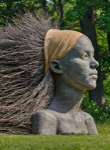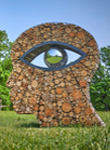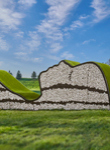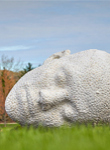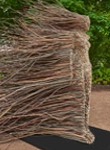The TRIUMPH™ elm has very good resistance to Dutch elm disease (DED) and to elm yellows; it also has good resistance to elm leaf beetle. It is easily transplanted, quick to establish, and adaptable to most soil types. Large, lustrous, dark green summer foliage gives way to yellow fall color. Useful for home and commercial landscapes or parks or as street tree.
- Family (English) Elm
- Family (botanic) Ulmaceae
- Planting site City parkway, Residential and parks, Restricted sites, Wide median
- Tree or plant type Tree
- Foliage Deciduous (seasonally loses leaves)
- Native locale Non-native
- Size range Large tree (more than 40 feet)
- Mature height 50-60 feet
- Mature width 35-40 feet
- Light exposure Full sun (6 hrs direct light daily), Partial sun / shade (4-6 hrs light daily)
- Hardiness zones Zone 4, Zone 5 (Northern Illinois), Zone 6 (City of Chicago), Zone 7
- Soil preference Moist, well-drained soil
- Tolerances Alkaline soil, clay soil, Dry sites, Occasional drought, Road salt
- Season of interest early fall, mid fall
- Flower color and fragrance Inconspicuous
- Shape or form Vase-shaped
- Growth rate Fast
- Transplants well Yes
- Wildlife Migrant birds
- Has cultivars NA

